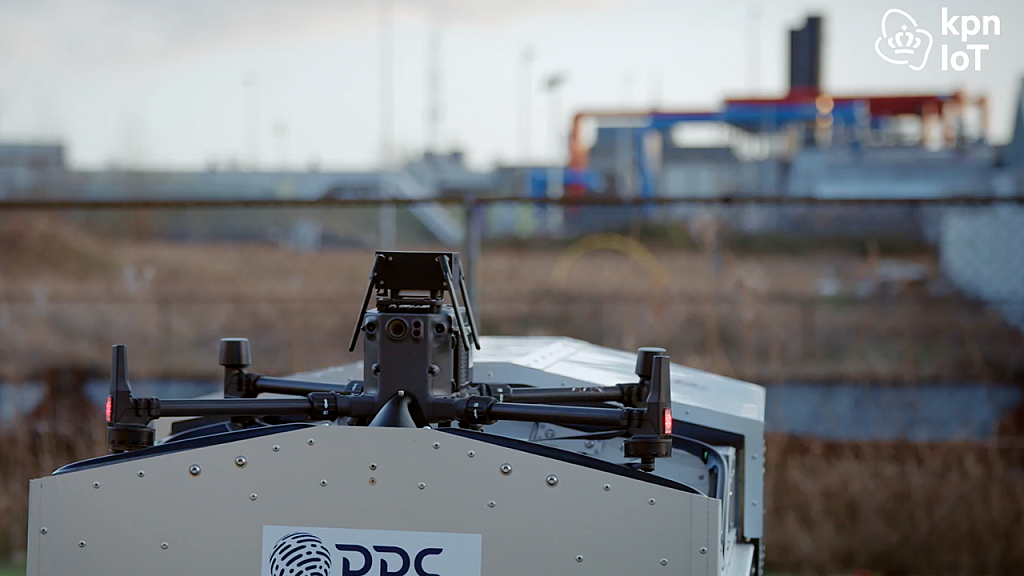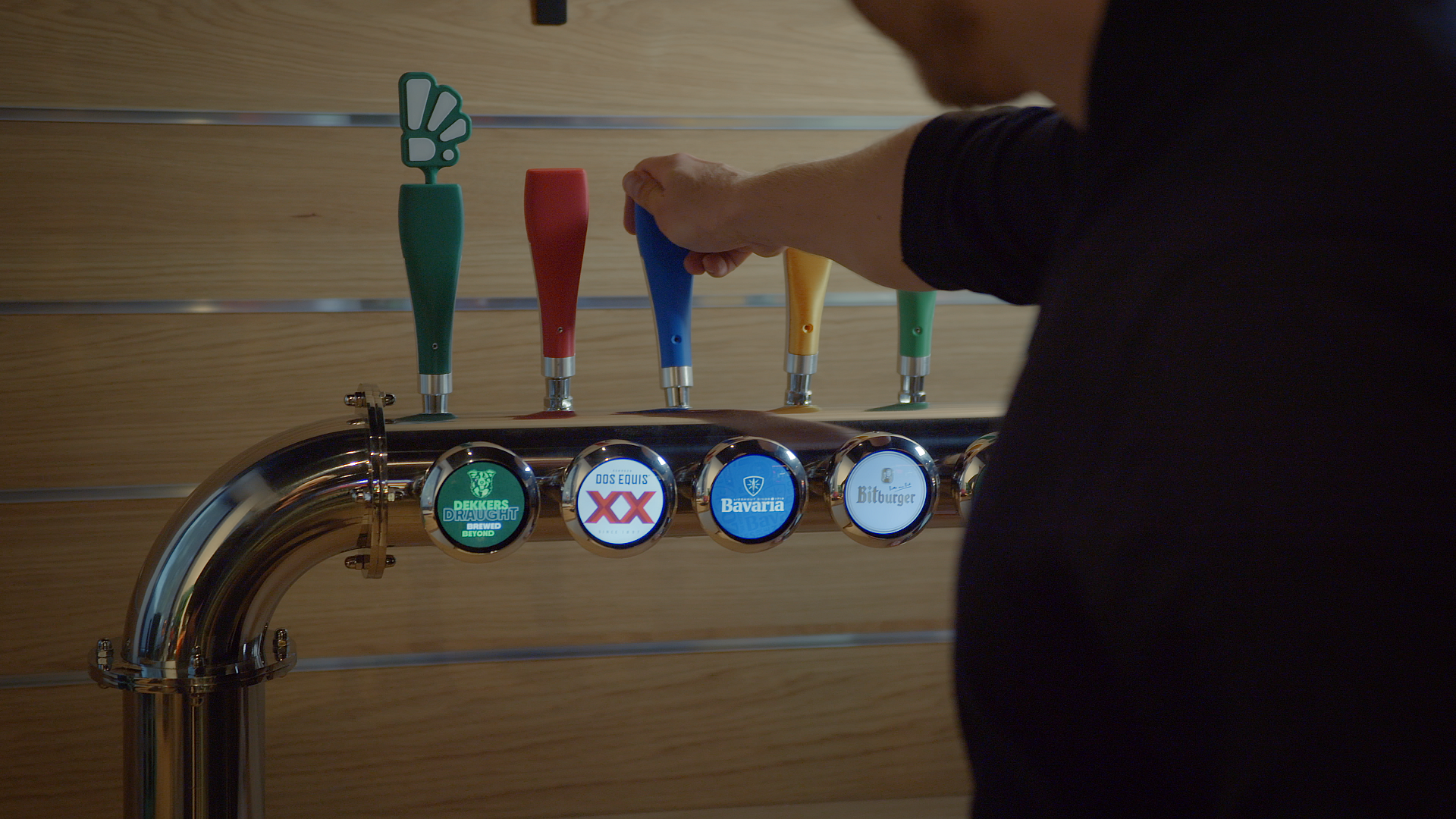Flights with remotely controlled drones in the port of Rotterdam open up possibilities for innovative logistics applications
In association with an ecosystem of partners, including the City of Rotterdam, Dutch Drone Company (DDC) and KPN, Havenbedrijf Rotterdam (Port of Rotterdam Authority) is exploring innovative opportunities with drone technology. Together, they are taking steps to make our airspace ready for safe autonomous flying drones.
“The deployment of drones is in line with Havenbedrijf Rotterdam’s strategic ambition to become an even more efficient, safe and sustainable port,” says Ingrid Römers, Senior Advisor at Havenbedrijf Rotterdam. “In the hybrid port of the future, drones will play an important role in freight and passenger transport alongside ships, trains, and trucks. Together with our partners, we’re exploring all possible applications and gradually aligning our airspace and procedures to this.”
Beyond Visual Line Of Sight flights
Until now, drones were always controlled by a pilot on the ground who maintained a visual line of sight with the drones during the entire flight, Visual Line Of Sight (VLOS).
In the coming years, the relatively straightforward drone operations of today will give way to more complex situations and broader applications – over longer distances and with heavier aircraft. In due course, drones will fly beyond the pilot’s visual line of sight, Beyond Visual Line Of Sight (BVLOS). An operator will be able to control and monitor several drone flights simultaneously. This opens up possibilities for new business cases.

Innovative BVLOS air bridge in Rotterdam
In Rotterdam, vertiports (take-off and landing platforms for drones) have been used to create a corridor in low airspace where drones are deployed as a “shuttle service”.
The drones take off from the vertiport at the RDM shipyard, fly over the Maas river and land on the platform on the other side. They are controlled and monitored from a remote control center, with the overall safety of the environment and air traffic as a key priority. Connectivity plays a crucial role in these operations.
Connectivity at flight altitude via KPN
KPN’s mobile network is used to allow the drones to fly out of sight safely and securely. The properties of KPN’s 4G and 5G networks, even at “drone flying altitude”, are such that they provide excellent support for such drone flights.
Han de Glint, Strategic Business Developer at KPN, explains how KPN supports BVLOS drone flights with KPN Drone Connect: “Thanks to our coverage checker, we can look at coverage data on the flight route at any time and use this data to plan an optimal route. And with Application Priority, the connection is maintained even when the mobile network gets congested. This combination allows us to minimize connection problems and contribute to safe airspace for successful and reliable drone operations.”
Efficient and sustainable
“With the BVLOS air bridge, a lot of time can be saved in terms of logistics, especially given the frequent traffic congestion on roads,” says Tsjerk Kooistra, CEO of Dutch Drone Company. “With road transport, it takes 25 minutes to get from one station to another; with a drone, it only takes a few minutes.”
Ingrid Römers: “BVLOS makes it possible to use drones much more efficiently; consider, for example, emergency deliveries of medication or transport of parts to repair ships. These types of deliveries are now made by ship or helicopter. With electrically powered drones, it will be a lot more sustainable.”
Learning together just by doing it
The air bridge across the Maas is now operational. It’s a fine example of the “can-do” mentality in Rotterdam.
“Drones are a new type of mobility for our city,” says John Akkerhuis, Mobility Advisor with the City of Rotterdam. “It’s not just about launching the product or the idea – it’s much broader than that. The concept also has to take off in society. We’re excited to get started, and the fastest way to learn is by doing it together.”
Tsjerk Kooistra agrees: “Just by doing it, we’ll come across things that can help us optimize future drone corridors.”




